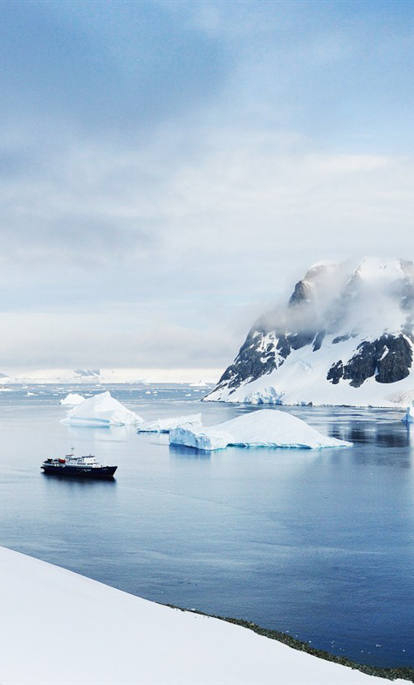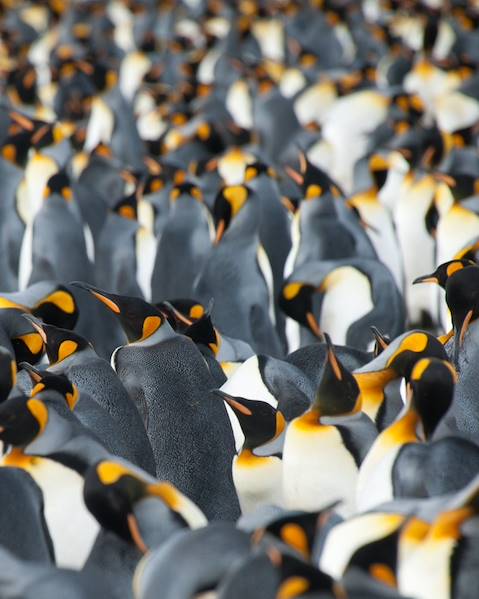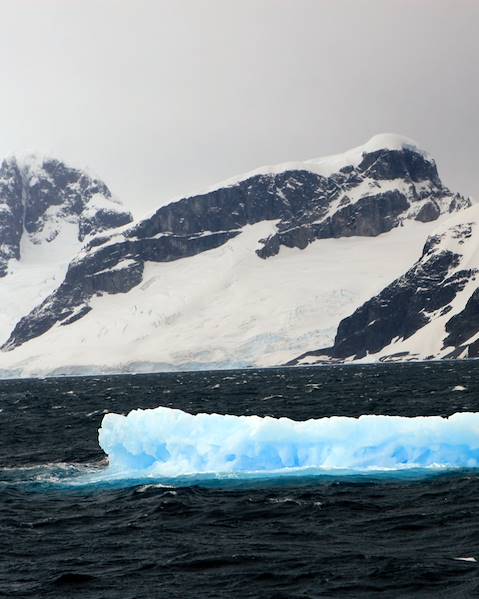Population
While there are no permanent residents in Antarctica, around 5,000 people live here during the summertime (not including those on ships), which drops to just 1,000 people in the winter as temperatures plummet. The majority of those living here are scientists, living and working in research stations.
Languages Spoken
Antarctica has no native language. English, Spanish, and Russian are among the most commonly spoken languages at the research stations, but there are also many other languages spoken, depending on the nationalities of the people working there.
Religion
Christianity is the most popular religion, with usually around 70% of the population identifying with the religion, however as the continent is home to research stations and bases from many different countries, the people who work there come from a variety of religious backgrounds.
National Holiday
Antarctica Day is celebrated by the international polar community on the 1st of December to commemorate the signing of the Antarctic Treaty in 1959.
Holiday Schedule
There are no other official holidays in Antarctica, as it is not a country and does not have a government. However, the research stations and bases that are found on the continent may celebrate holidays from their own countries.
History
Located in the southern hemisphere, surrounding the South Pole, Antarctica is the world’s fifth-largest continent. It is covered in ice and is the highest, driest and coldest continent on Earth. The first known sighting of Antarctica was by the ancient Greeks, who believed that the region was a place of myth and legend, and in the 19th century, several expeditions were launched to explore the continent and map its coastlines. The first recorded landing on the continent was by a British explorer named Captain James Cook in 1775. In the early 20th century, several countries set up research stations on the continent, and today, there are more than 50 research stations in Antarctica, representing many different countries. The continent is governed by the Antarctic Treaty, which was signed in 1959 and establishes Antarctica as a zone of peace and cooperation.
Policy
Antarctica is governed by the Antarctic Treaty, which is a legally binding international agreement that sets out the rules for the governance of the continent. The treaty was signed in 1959 and currently has 53 signatory countries and sets out several policies on the use of Antarctica, including that it is to be used for peaceful purposes only, it cannot to be used for military activities, and it must be used for the benefit of all humankind. It also sets out rules for the protection of the environment.
Food and Drink
Due to the lack of permanent inhabitants and the brutal environment, there are no generations of residents to pass dishes down to, meaning Antarctica has no national dish. While you may not see a single piece of fruit or veg, seafood is very popular, with shellfish being a particular favourite. High fat food is essential with temperatures being as low as they are, so pemmican (a mix of ground and dried meat), hoosh (pemmican, biscuits and broth) and duck (believe it or not) are great sources of fuel.
Even though temperatures are sub-zero and conditions are harsh, it wouldn’t be a Saturday night without a beer or two (known here as spatendunk). The hop-flavoured ice-cold drink is the most popular on the continent and most locals prefer it to be dark and packed full of flavour. Hot chocolate is also a favourite for obvious reasons. Who wouldn’t want a deliciously warming drink to warm near frost-bitten fingers?
















